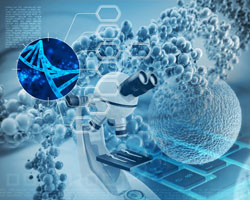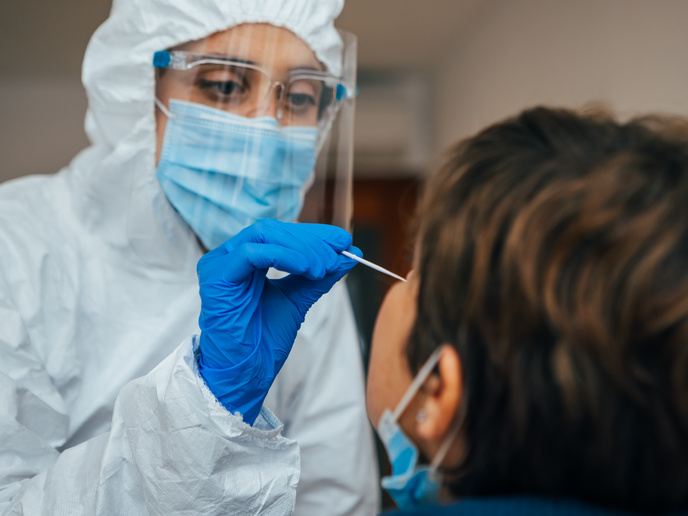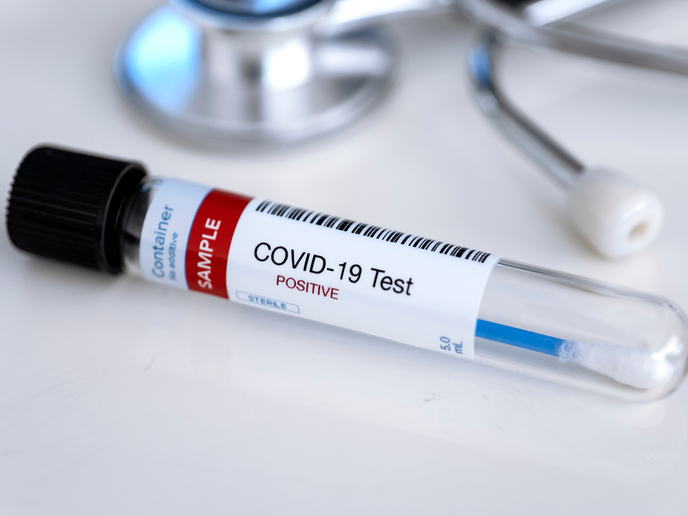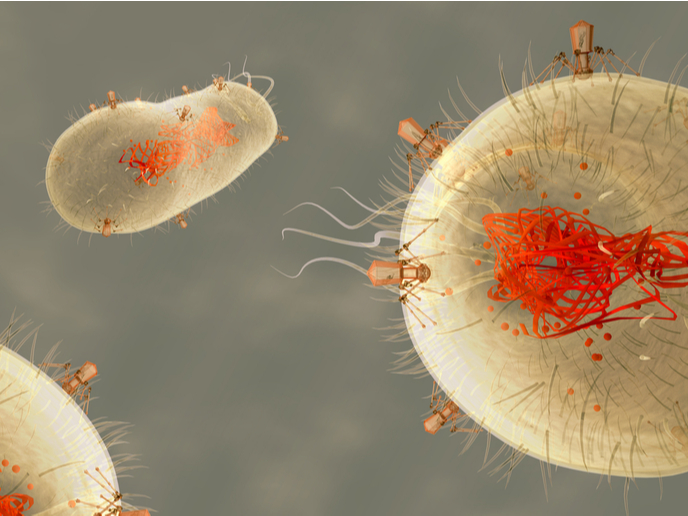Gene therapy for haemophilia
Haemophilia is a group of disorders associated with the body's inability to maintain blood coagulation. These conditions emerge from mutations in key factors implicated in the clotting response. Haemophilia A is the most common form of clotting deficiency and in Europe occurs with an incidence of approximately one in 5 000 males. Current prophylactic treatment mainly entails the frequent infusion of plasma-derived or recombinant clotting factors. Although this approach extends the lifespan and quality of life of patients, patients often generate antibodies that inhibit coagulation factor activity. Haemophilia constitutes an ideal candidate disease for gene therapy because even a small increase in protein production can significantly reduce bleeding episodes. Scientists have pursued different gene transfer strategies for factor replacement and adeno-associated virus (AAV) vectors seem the most promising. The biggest advantage of AAV vectors is excellent safety profile. Unlike other vectors of viral origin, AAV has never been associated with any human disease and is naturally replication-deficient. The EU-funded GENOPHILIA (AAV-mediated gene therapy for haemophilia A) project worked on developing an AAV-mediated system to treat patients with haemophilia A. For this purpose, the consortium optimised vector production and scaled up the procedure for clinical vector production. Toxicological evaluation of the generated AAV vectors was performed in normal mice as well as mice lacking factor VIII. Given the hepatic tropism of AAV, researchers performed extensive evaluation of the spleen and liver of treated animals. Additionally, complete blood counts and biochemical analyses helped complete the health picture of treated animals. In the haemophilia mouse model, AAV vector delivery resulted in functional factor VIII expression well above the physiological levels. This, however, created an imbalance with associated factors and did not correct the bleeding phenotype, illustrating the need for further optimisation studies. Overall, the GENOPHILIA AAV gene therapy strategy was well tolerated in mice and prompted partners to continue with a clinical trial application.







